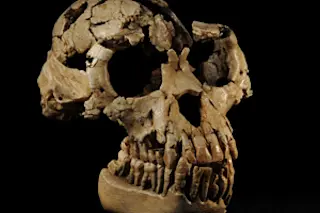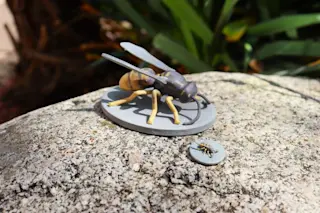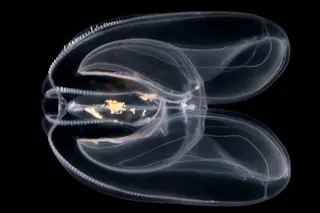When paleobiologist Tim White of the University of California, Berkeley, and colleagues described a new human ancestor named Ardipithecus ramidus—or “Ardi”—they challenged many evolutionary assumptions. This 4.4-million-year-old fossil female was bipedal but lived in woodlands, debunking the widely accepted hypothesis that we evolved upright walking on the grassy savanna. Other features hinted that the last common ancestor of humans and chimpanzees was a quadruped and not a knuckle-walking ape, as was long thought.
Then came the backlash. In 2010 geochemist Thure Cerling of the University of Utah and seven other geologists and anthropologists looked at the same evidence and concluded that Ardi’s predominant habitat had been the savanna after all. (In rebuttal, White emphasized that Ardi actually lived in woodland, even if savanna was nearby.) Terry Harrison, a paleoanthropologist at New York University, questioned in Nature whether Ardi was even a member of the human lineage or just an ape “among the tangled branches” of a much larger bush. And University of Toronto paleoanthropologist David Begun also had doubts. “Ardi may be an early side branch of hominids that is not directly related to humans,” he says.
Scientists are just starting to get a first look at the numerous cat scans and casts of Ardi and come up with their own ideas regarding what she tells us about our human identity. “This fossil will be debated for a very long time,” White says. “That’s how good science works.”















